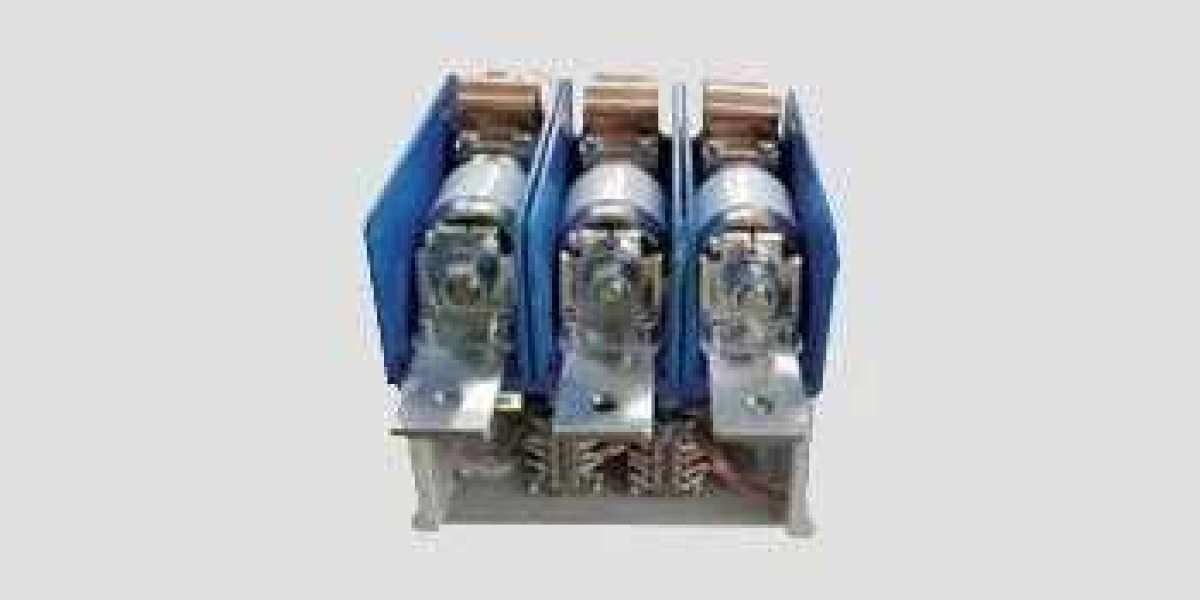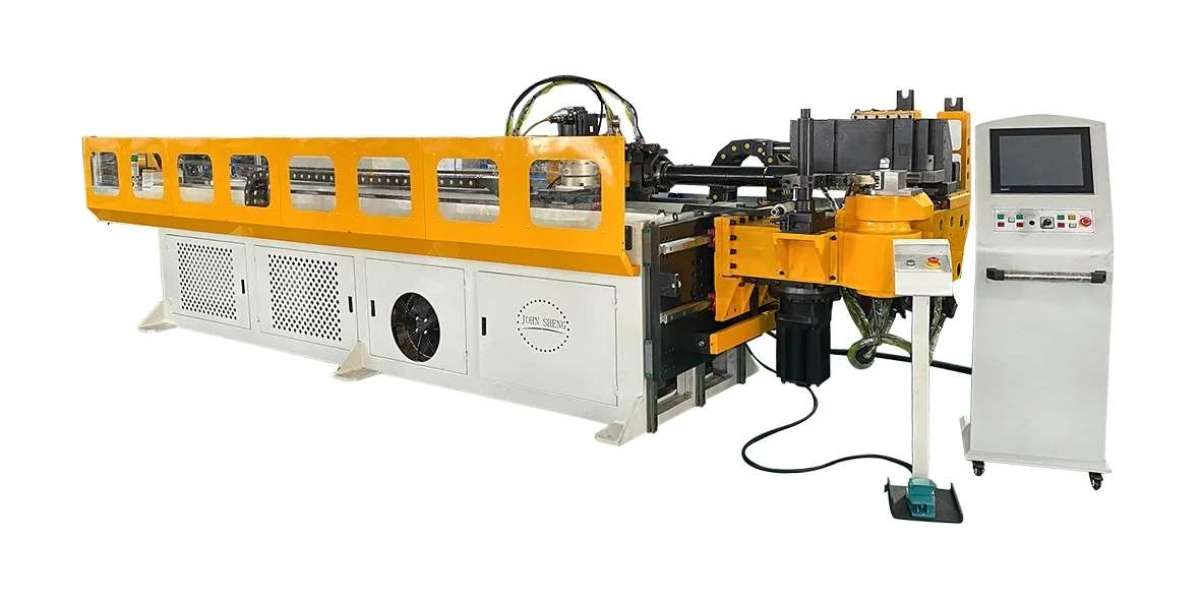Applications and Industries Using Low Voltage Vacuum Contactors
Choosing the Right Low Voltage Vacuum Contactor for Your Needs
What are the core components of low voltage vacuum contactors?
What are the advantages of using low voltage vacuum contactors?
How do low voltage vacuum contactors differ from air contactors?
In which industries are low voltage vacuum contactors commonly used?
How can one choose the right low voltage vacuum contacter for specific needs?
A low voltage vacuum contactor is an indispensable component. From controlling motors to safeguarding circuits, these contactors offer reliable performance and enhanced safety. In this post, you will explore the key features, applications, and benefits of low voltage vacuum contactors. Whether you're considering their use in industrial settings or for commercial applications, understanding their functionality can help optimize your electrical infrastructure for seamless operations and improved protection against electrical faults.
Understanding Vacuum Contactors and Their Role
Basic Function
Low voltage vacuum contactors are essential components in controlling electrical circuits. They function by establishing or interrupting the flow of electricity to various equipment or systems. When activated, these contactors allow the current to pass through, enabling the operation of machinery or other electrical devices.
These contactors utilize a vacuum interrupter to control the circuit. The vacuum interrupter is responsible for ensuring that when you want to start or stop an electrical system, it can be done safely and efficiently without causing damage.
Industrial Applications
In industrial settings, low voltage vacuum contactors play a crucial role in managing complex electrical systems. For instance, they are commonly used in motor starters for heavy-duty machinery such as pumps, compressors, and conveyor belts.
By using these contactors, industries can ensure smooth and reliable operation of their equipment while also providing protection against overloads and short circuits. This not only enhances operational efficiency but also minimizes downtime due to electrical failures.
In addition to motor control applications, vacuum contactors are employed in power distribution panels where they help manage power supply to different areas within a facility.

Core Components of Low Voltage Vacuum Contactors
Construction of Vacuum Interrupters
The construction of vacuum interrupters is a crucial aspect. These interrupters consist of a fixed and moving contact within a sealed-off vacuum bottle. When you apply power, the contacts separate, creating an arc in the vacuum that extinguishes quickly due to the absence of any medium for sustaining ionization. This design ensures reliable arc interruption without producing harmful by-products such as gases or vapors.
Low voltage vacuum contactors utilize this technology to ensure efficient and safe operation in various industrial applications. The absence of air or gas between contacts minimizes the risk of oxidation and degradation, resulting in longer service life compared to traditional air-based contactors.
Role of Coils and Contacts
In addition to vacuum interrupters, low voltage vacuum contactors also include coils and contacts as essential components. The coils are responsible for generating magnetic fields that actuate the opening and closing mechanism of the contacts. When you apply control voltage to these coils, they produce electromagnetic forces that attract or repel the contacts, enabling them to make or break electrical circuits.
The main contacts carry current during normal operation while auxiliary contacts facilitate interlocking with other equipment or signaling functions. These components work together seamlessly within low voltage vacuum contactors to provide reliable switching operations while minimizing maintenance requirements.
Advantages of Low Voltage Vacuum Contactors
Reliability
You can count on their exceptional reliability. These contactors are designed to provide consistent performance, ensuring smooth operation and minimal downtime. The vacuum technology used in these contactors eliminates the risk of arc interruption failure, making them highly dependable for your electrical systems.
Low voltage vacuum contactors also offer a longer lifespan compared to other types of contactors. With fewer moving parts and reduced wear and tear, they require less maintenance, saving you time and money in the long run. This means that you can rely on these contactors to effectively control the flow of electricity without frequent replacements or repairs.
Energy Efficiency
Using low voltage vacuum contactors contributes to energy efficiency within your electrical systems. These contactors consume less power during operation, helping you reduce energy costs while maintaining optimal functionality. By minimizing power consumption, they support sustainable energy practices and align with efforts to improve overall energy efficiency in various applications.
In addition to conserving energy, low voltage vacuum contactors produce minimal heat during operation. This not only reduces the risk of overheating but also promotes a cooler operating environment for your electrical equipment. As a result, you can enhance the overall energy efficiency of your system while ensuring safe and reliable performance.

Environmental Benefits
When integrating low voltage vacuum contactors into your electrical setup, you contribute positively to environmental conservation efforts. Their low power consumption directly translates into lower carbon emissions, supporting eco-friendly operations across different industries.
Operational Mechanics of Vacuum Contactors
Switching Mechanisms
The switching mechanism is a crucial aspect of their operational mechanics. These contactors utilize a vacuum to extinguish electrical arcs when opening or closing the contacts. This means that when you activate your electrical system, the vacuum inside the contactor helps in ensuring a clean and efficient switch for your motors and other systems.
In contrast, traditional air-based contactors rely on air to quench arcs during operation. However, low voltage vacuum contactors offer enhanced performance due to their use of a vacuum instead of air. This ensures that your system experiences minimal wear and tear over time, leading to increased reliability and longevity.
Arc Quenching Process
Understanding the arc quenching process in vacuum contactors is essential for grasping their operational mechanics fully. When you operate these contactors, they create an environment where electric arcs are rapidly extinguished within the enclosed vacuum space. As such, this prevents damage to your electrical components by swiftly stopping any arcing activity.
This method offers superior arc-quenching capabilities compared to traditional methods using air or gas mediums. The absence of gases like sulfur hexafluoride (SF6) makes them more environmentally friendly as well as safer for your systems and surroundings.
Comparing Low Voltage Vacuum and Air Contactors
Performance Variations
When comparing low voltage vacuum contactors to air contactors, it's important to note the performance variations. Low voltage vacuum contactors are designed to handle heavy-duty applications with high switching frequency, making them ideal for industries requiring frequent operations at low voltages. On the other hand, air contactors are suitable for less demanding applications due to their limited ability to withstand frequent switching.
In heavy-duty industrial settings where continuous and reliable operation is crucial, low voltage vacuum contactors offer superior performance by providing consistent and efficient switching capabilities. The vacuum technology ensures a longer lifespan of the contacts while maintaining stable electrical conductivity even in harsh environments.
In contrast, air contactors may experience quicker wear and tear when subjected to high-frequency operations or challenging conditions. This can lead to decreased reliability over time, potentially resulting in more frequent maintenance requirements and higher downtime.
Advantages of Low Voltage Vacuum Contactors
The advantages of using low voltage vacuum contactors over air contactors are evident in their durability, reliability, and efficiency. With a sealed vacuum enclosure that eliminates external influences on the contacts, these types of contactors offer enhanced protection against environmental factors such as dust, moisture, and corrosive substances. This feature significantly reduces the risk of electrical failures or malfunctions caused by external elements.
Moreover, low voltage vacuum contactors require minimal maintenance compared to air-based alternatives due to their robust design and advanced technology. This results in cost savings associated with reduced downtime for maintenance activities and fewer replacements of worn-out components.

Applications and Industries Using Low Voltage Vacuum Contactors
Diverse Industries
Low voltage vacuum contactors are utilized across a wide range of industries. They are commonly found in manufacturing, power generation, oil and gas, mining, and more. These contactors play a crucial role in controlling the flow of electricity to various equipment and machinery.
In the manufacturing industry, low voltage vacuum contactors are used in automated systems such as conveyor belts, packaging machines, and industrial ovens. They help regulate the power supply to motors and other electrical components within these systems.
Transportation Systems Low voltage vacuum contactors serve as essential components for controlling traction motors. These contactors enable efficient energy management within the transportation infrastructure by regulating the power supplied to propulsion systems.
Specific Applications
In manufacturing settings, low voltage vacuum contactors are specifically employed for tasks such as starting electric motors or switching electrical loads on/off. For instance, they can be used in motor starters for pumps or fans where precise control over motor operation is required.
Similarly, in transportation applications like electric locomotives or light rail transit vehicles, low voltage vacuum contactors facilitate smooth acceleration and deceleration of the vehicles by managing current flow to traction motors.
Maintenance and Longevity of Vacuum Contactors
Best Practices
Regular inspection is crucial. You should check for any signs of wear, damage, or overheating. Clean the contactor's surface and ensure that all connections are secure. Inspect the contacts for pitting or burning, which can affect performance.
To extend the longevity of your low voltage vacuum contactors, follow a routine maintenance schedule. This includes periodic lubrication of moving parts and replacement of worn-out components. By adhering to this schedule, you can prevent premature failure and ensure smooth operation in various applications.
Troubleshooting Common Issues
If you encounter issues with your low voltage vacuum contactors, troubleshooting is essential for efficient resolution. One common issue is welding or sticking contacts due to excessive electrical loads or environmental factors. In such cases, cleaning the contacts thoroughly can often resolve the problem.
Another common issue involves control circuit malfunctions leading to improper functioning of the contactor. Checking and repairing loose connections in the control circuitry can help rectify these issues effectively.
Choosing the Right Low Voltage Vacuum Contactor for Your Needs
Application Specifics
When choosing a https://www.acvacuumcontactor.com/Vacuum-Contactor, it's crucial to consider the specific application where it will be used. Different applications have varying requirements, such as motor control, heating, lighting, and more. For instance, if you are using the contactor for a motor control application, you need to ensure that the contactor can handle the starting and stopping of the motor without causing damage due to wear and tear.
Consideration also needs to be given to environmental factors. If your application is in a harsh environment with high levels of dust or moisture, you'll need a contactor designed to withstand these conditions.
Electrical Specifications
Understanding the electrical specifications of vacuum contactors is vital in ensuring compatibility with your system. This includes parameters like voltage rating, current rating, frequency rating, and power factor. Matching these specifications with your system's requirements is essential for seamless integration.
For example, if you're working on an industrial project that requires switching high currents at low voltages frequently, selecting a vacuum contactor with appropriate current-carrying capacity and endurance is imperative.
Closing Thoughts
In conclusion, low voltage vacuum contactors offer a myriad of benefits, from their efficient operational mechanics to their longevity and minimal maintenance requirements. Understanding the core components and advantages of these contactors can help you make informed decisions when choosing the right one for your specific needs. Whether it's for industrial, commercial, or residential applications, the reliability and performance of low voltage vacuum contactors make them a valuable asset in various industries.
As you explore the world of low voltage vacuum contactors, consider how their unique features align with your requirements. Evaluate their suitability for your specific applications and industries, and ensure proper maintenance to maximize their lifespan. By incorporating low voltage vacuum contactors into your systems, you can enhance efficiency and reliability while minimizing downtime and maintenance costs.

Frequently Asked Questions
What are the core components of low voltage vacuum contactors?
Low voltage vacuum contactors consist of a main contacts assembly, an electromagnetic coil, a vacuum interrupter, and an arc chute. These components work together to ensure reliable switching and control of electrical circuits.
What are the advantages of using low voltage vacuum contactors?
Low voltage vacuum contactors offer advantages such as high operational reliability, longer lifespan due to minimal wear on contacts, reduced maintenance requirements, silent operation, and suitability for frequent switching applications.
How do low voltage vacuum contactors differ from air contactors?
Low voltage vacuum contactors differ from air contactors in terms of their arc quenching medium. Vacuum contactors use a sealed-off vacuum interrupter to extinguish arcs whereas air contactors rely on compressed air or other gases for the same purpose.
In which industries are low voltage vacuum contactors commonly used?
Low voltage vacuum contactor finds application in various industries including manufacturing plants, power distribution systems, mining operations, transportation networks (such as railways), and HVAC systems due to their reliability and performance benefits.
How can one choose the right low voltage vacuum contacter for specific needs?
When choosing a low voltage vacuum contacter it is important to consider factors such as operating current range required, environmental conditions where it will be used (temperature/humidity), duty cycle requirements (frequency of switching), available space for installation among others.
Related News:https://www.acvacuumcontactor.com/What-Should-I-Do-If-The-Vacuum-Contactor-Loses-Power.html








